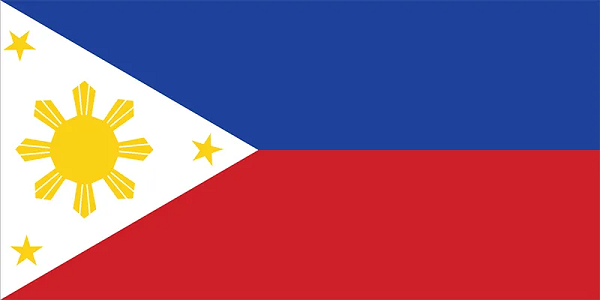

n a recent development, President Ferdinand Marcos Jr. of the Philippines has signed an executive order, extending the lowered tariff rates on imported pork for the third consecutive year. The in-quota duty will be maintained at 15%, while the out-of-quota rate will stand at 25%.
The decision to reduce import duties dates back to May 2021 when the Philippines, grappling with a shortage of pork due to African swine fever (ASF), lowered the tariffs from 30% to 15% and from 40% to 25%. Additionally, the minimum access volume (MAV) or quota was increased to 254,210 metric tons (MT) from 54,210 MT.
This adjustment resulted in a notable surge in U.S. pork exports to the Philippines, reaching a record $205 million in 2021, reflecting a substantial 79% increase. However, following the expiration of the increased quota on January 31, 2022, exports declined to just under $135 million for the year. Projections for 2023 suggest a further decrease to approximately $120 million. Despite the decline, these figures remain considerably higher than historical export levels.
The Philippines holds significance as a crucial Asian market for the U.S. pork industry, given its population of over 109 million people and a cultural inclination towards pork consumption. The country consistently ranks among the top 10 markets for U.S. pork exports. The sustained lower tariffs on pork imports have played a pivotal role in driving substantial growth in U.S. pork exports to the Philippines.
The National Pork Producers Council (NPPC) has actively collaborated with both the U.S. and Philippines governments to facilitate expanded access for U.S. pork in the Philippines market, particularly addressing challenges posed by ASF. The extension of reduced tariffs provides a continued opportunity for the U.S. pork industry to maintain and potentially enhance its presence in this important market.




